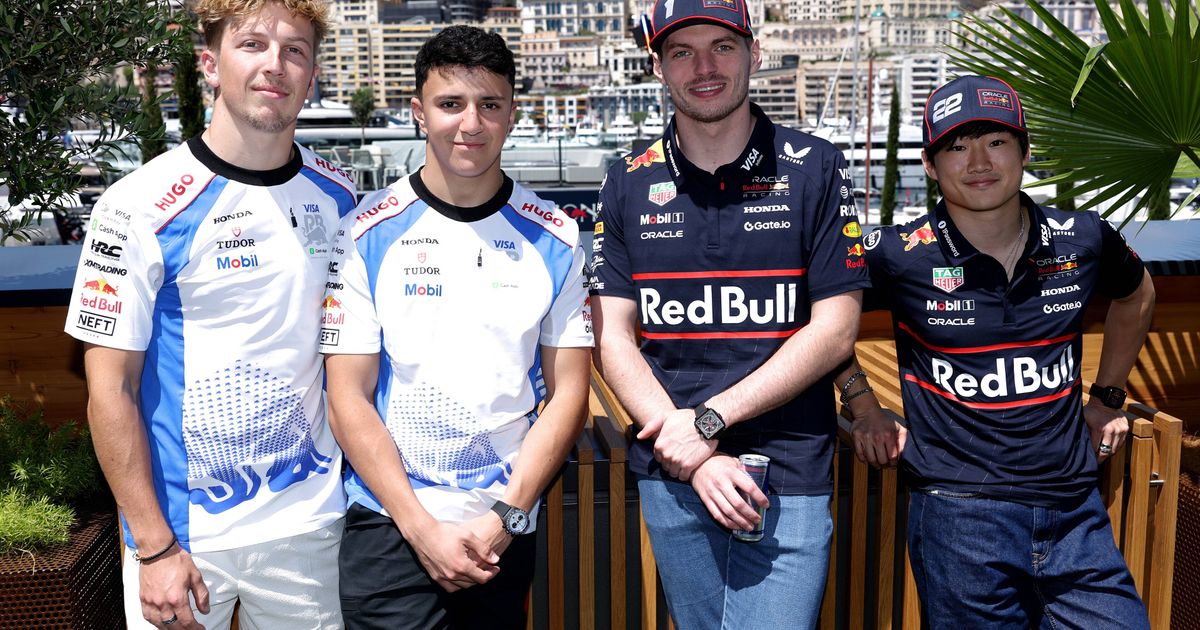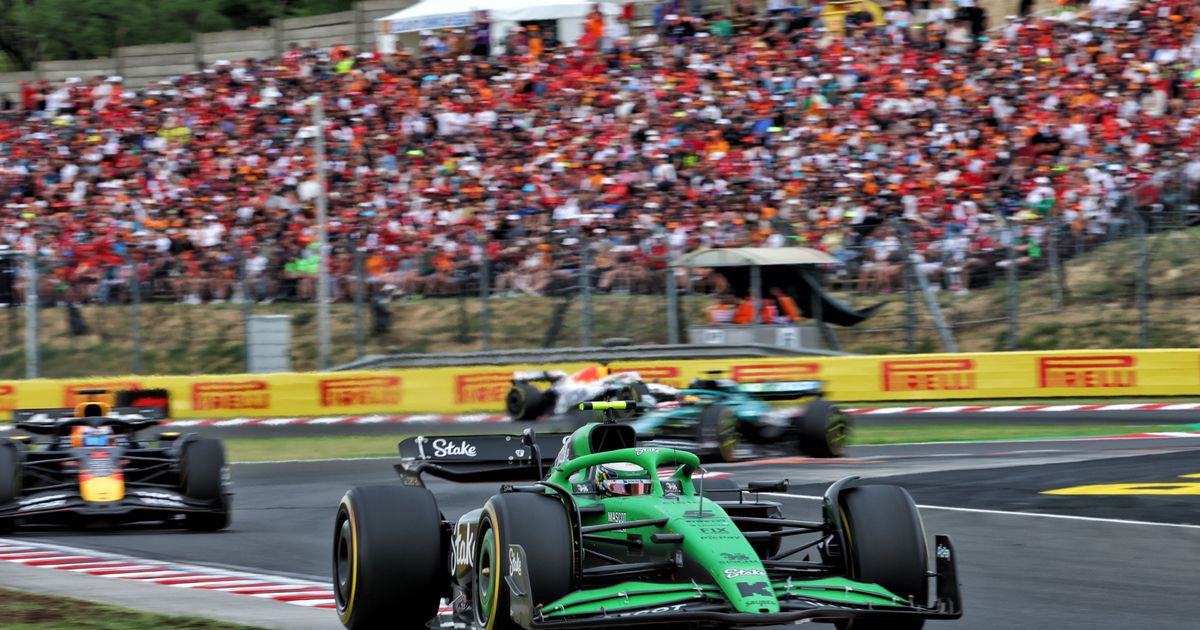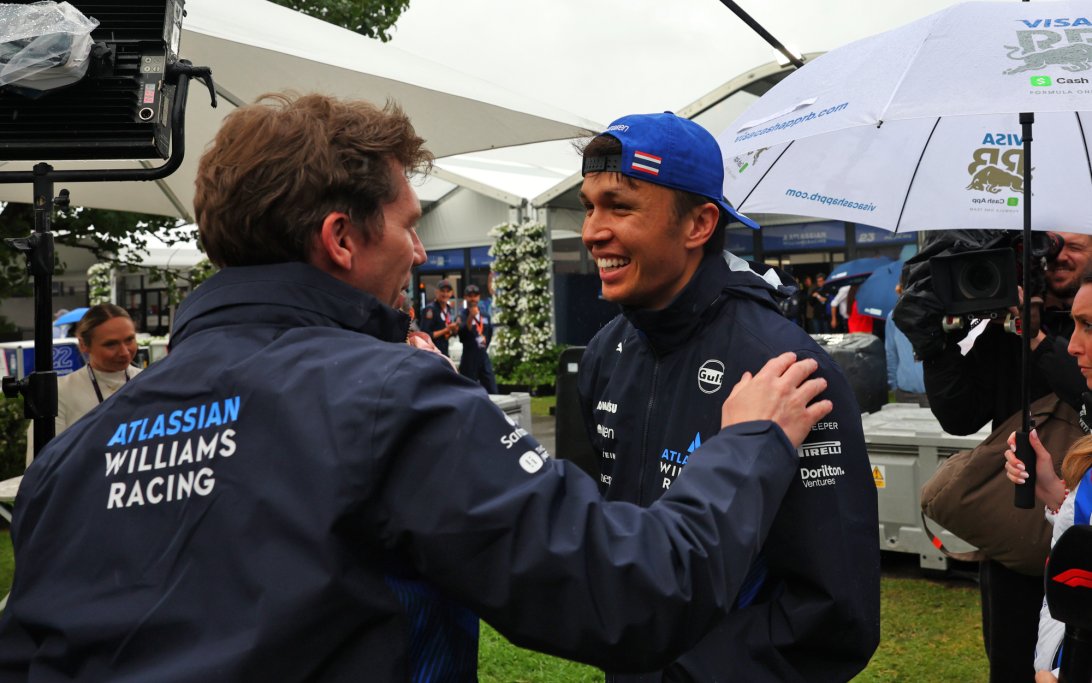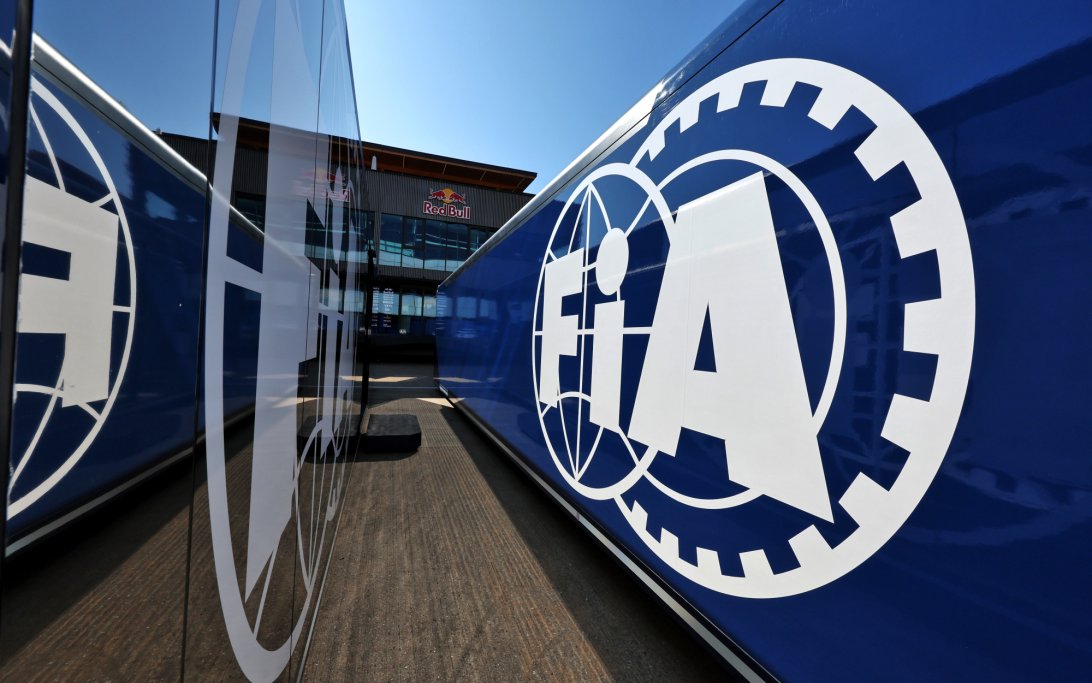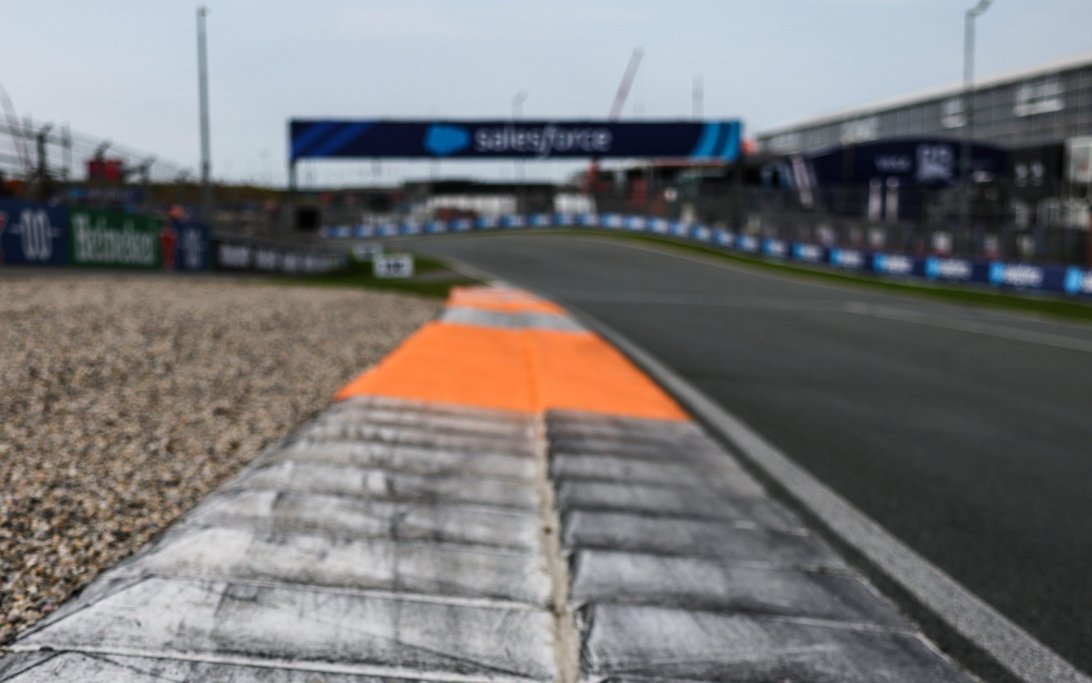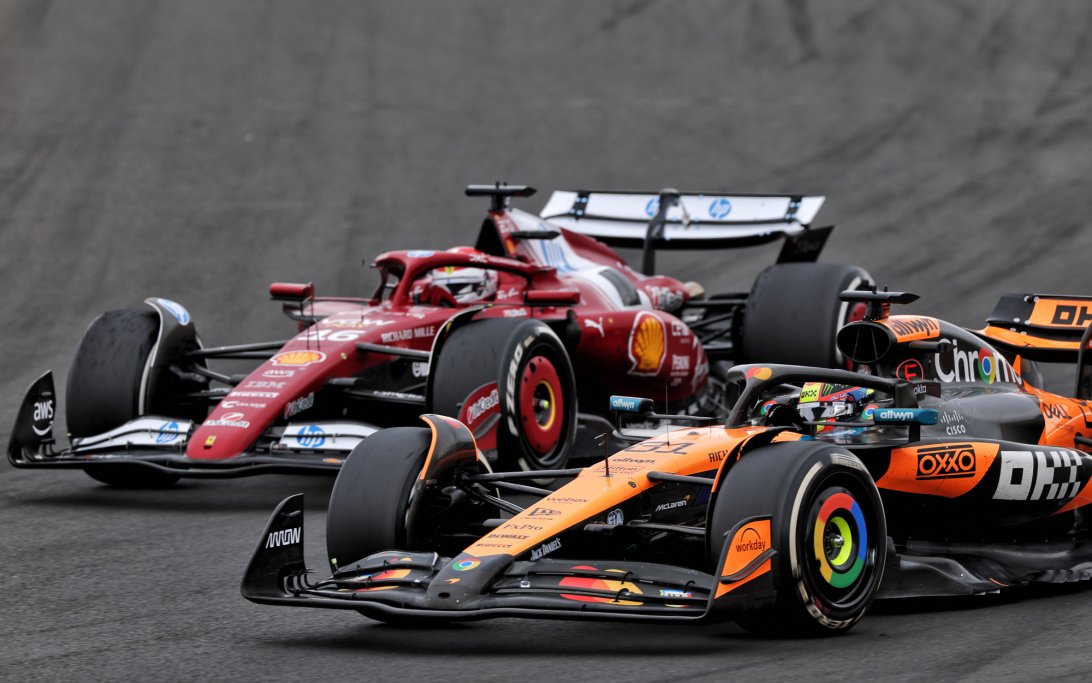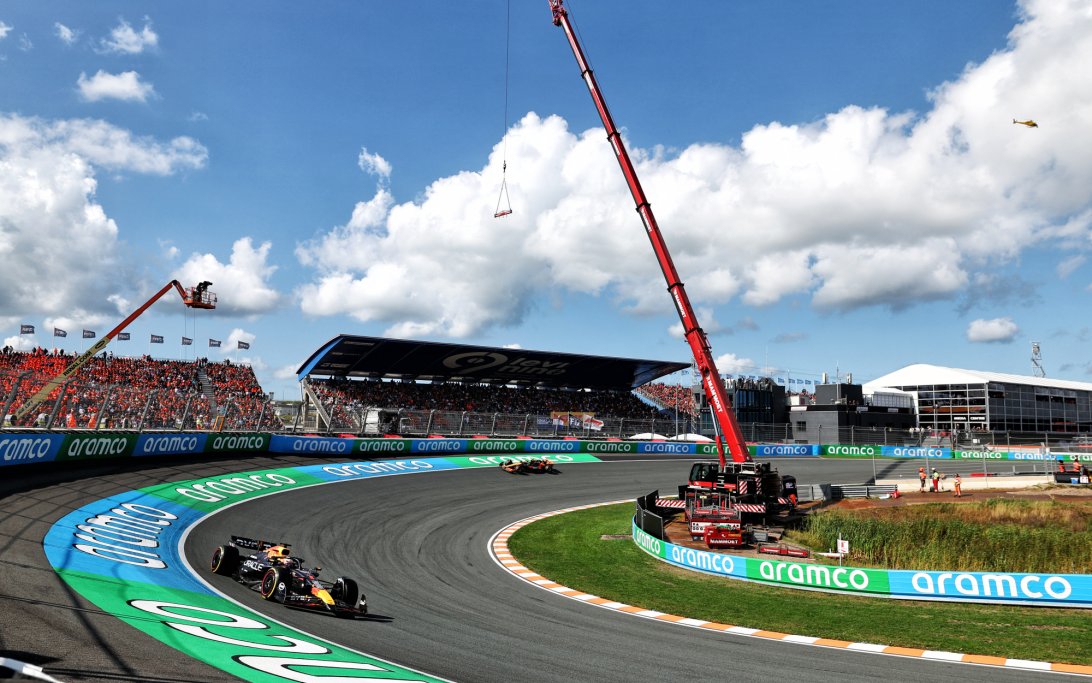Mercedes has permanently removed its anti-lift rear suspension package from the W16, effective at the Hungarian Grand Prix. This system, first seen at Imola, was ultimately deemed a hindrance to the car's development and understanding.
Why it matters: Despite its theoretical benefit of maintaining consistent downforce by stabilizing the rear axle, the component proved problematic for Mercedes, revealing that even sophisticated upgrades require careful integration and can lead to unexpected compromises.
The details:
- The package aimed to minimize rear axle lift under load, ensuring consistent downward force on tires and stable underbody aerodynamics.
- It was used intermittently, including at George Russell's Montreal win, where unique circuit conditions masked underlying stability issues according to Andrew Shovlin, Mercedes' trackside engineering director.
- While teams like Ferrari and McLaren successfully employ anti-lift designs, Shovlin emphasized that suspension development, especially adapting to existing gearboxes under budget cap, involves significant compromises.
- Ground-effect floors demand stable ride heights. As aerodynamic gains from current regulations diminish, and with focus shifting to 2026 cars, teams are exploring suspension kinematics more intensely.
What's next: Mercedes' decision suggests a strategic pivot towards optimizing fundamental car behavior, acknowledging that a "silver bullet" component might not align with overall car philosophy, especially as design compromises become more critical.










